The Demolition Robot Market is currently characterized by a dynamic competitive landscape, driven by technological advancements and increasing demand for efficient demolition solutions. Key players such as Brokk AB (SE), Husqvarna AB (SE), and KUKA AG (DE) are at the forefront, each adopting distinct strategies to enhance their market positioning. Brokk AB (SE) focuses on innovation, continuously developing advanced robotic solutions that cater to diverse demolition needs. Meanwhile, Husqvarna AB (SE) emphasizes sustainability, integrating eco-friendly practices into their product offerings. KUKA AG (DE) leverages its expertise in automation to enhance operational efficiency, thereby solidifying its competitive edge. Collectively, these strategies contribute to a robust competitive environment, where innovation and sustainability are paramount.
In terms of business tactics, companies are increasingly localizing manufacturing to reduce costs and optimize supply chains. This approach not only enhances responsiveness to market demands but also mitigates risks associated with global supply chain disruptions. The market structure appears moderately fragmented, with several players vying for market share. However, the influence of major companies like Brokk AB (SE) and Husqvarna AB (SE) is significant, as they set industry standards and drive technological advancements.
In August 2025, Brokk AB (SE) launched a new line of demolition robots equipped with enhanced remote control capabilities, allowing operators to perform tasks from a greater distance. This strategic move is likely to improve safety and efficiency on job sites, addressing the growing demand for safer demolition practices. The introduction of these advanced features positions Brokk as a leader in innovation within the market, potentially attracting new clients seeking cutting-edge solutions.
In September 2025, Husqvarna AB (SE) announced a partnership with a leading construction firm to develop sustainable demolition practices. This collaboration aims to integrate eco-friendly technologies into demolition processes, reflecting the increasing emphasis on sustainability in the industry. By aligning with a prominent construction partner, Husqvarna not only enhances its market presence but also reinforces its commitment to environmentally responsible practices, which may resonate well with clients prioritizing sustainability.
In July 2025, KUKA AG (DE) unveiled a new AI-driven demolition robot designed to optimize operational efficiency through real-time data analysis. This innovation is indicative of the growing trend towards digitalization in the demolition sector. By harnessing AI, KUKA positions itself as a forward-thinking player, likely appealing to clients looking for advanced technological solutions that enhance productivity and reduce operational costs.
As of October 2025, the competitive trends in the Demolition Robot Market are increasingly defined by digitalization, sustainability, and the integration of artificial intelligence. Strategic alliances are becoming more prevalent, as companies recognize the value of collaboration in driving innovation and expanding market reach. Looking ahead, competitive differentiation is expected to evolve, shifting from traditional price-based competition to a focus on technological innovation, reliability in supply chains, and sustainable practices. This transition may redefine the competitive landscape, compelling companies to adapt and innovate continuously.

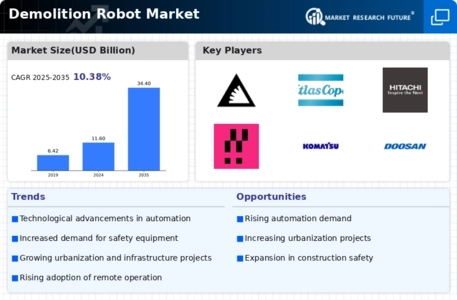
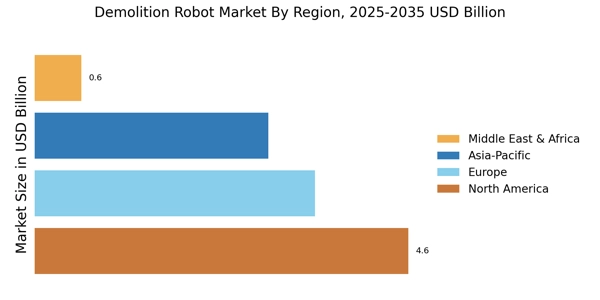
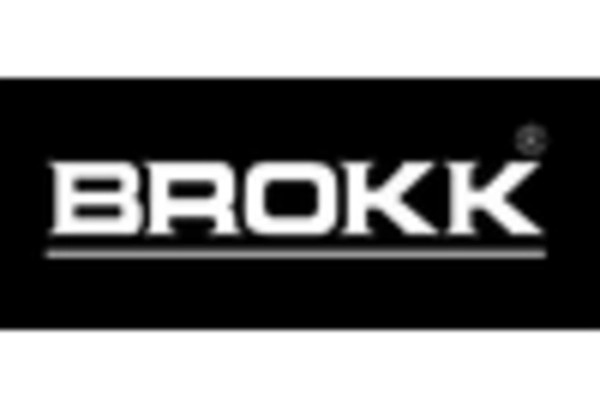
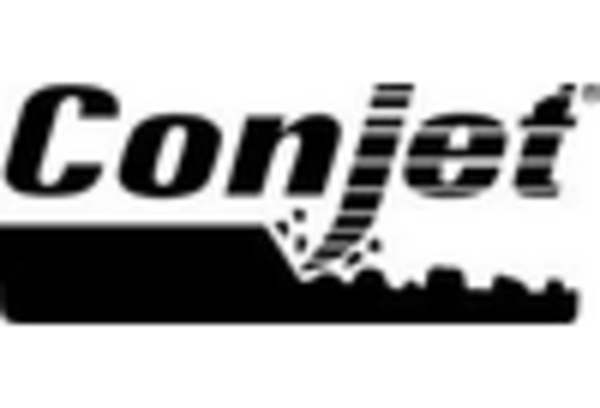
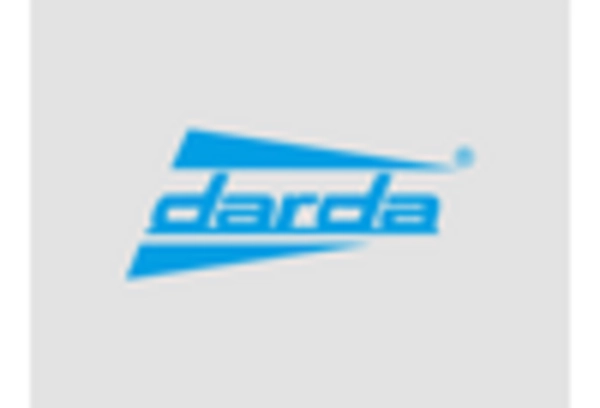
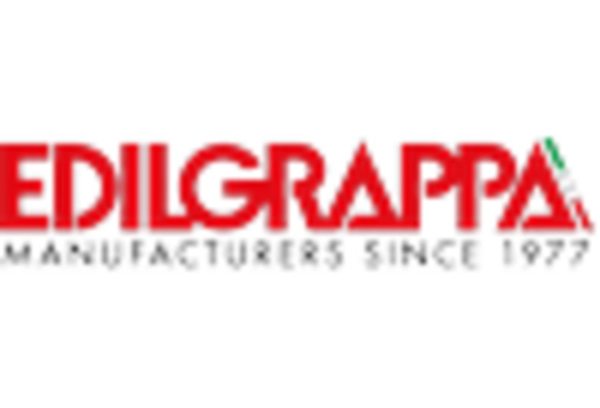
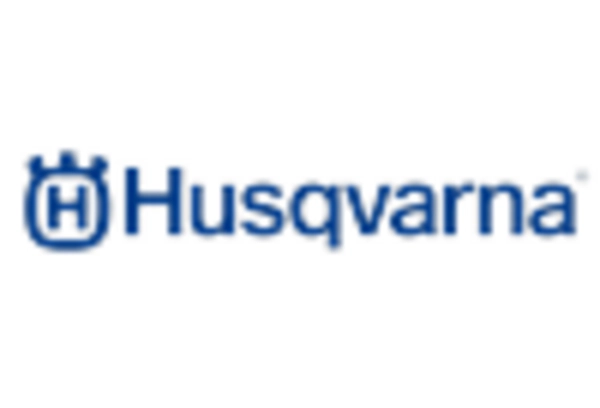
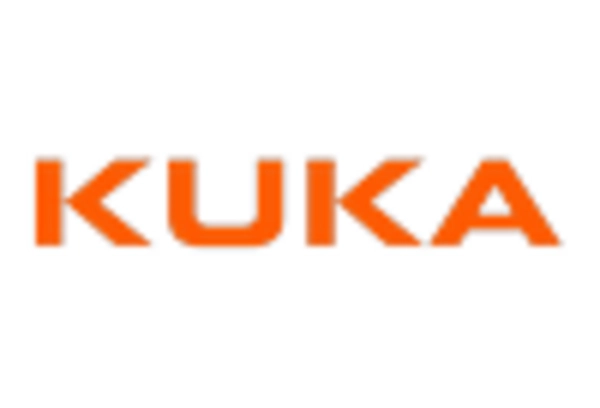








Leave a Comment